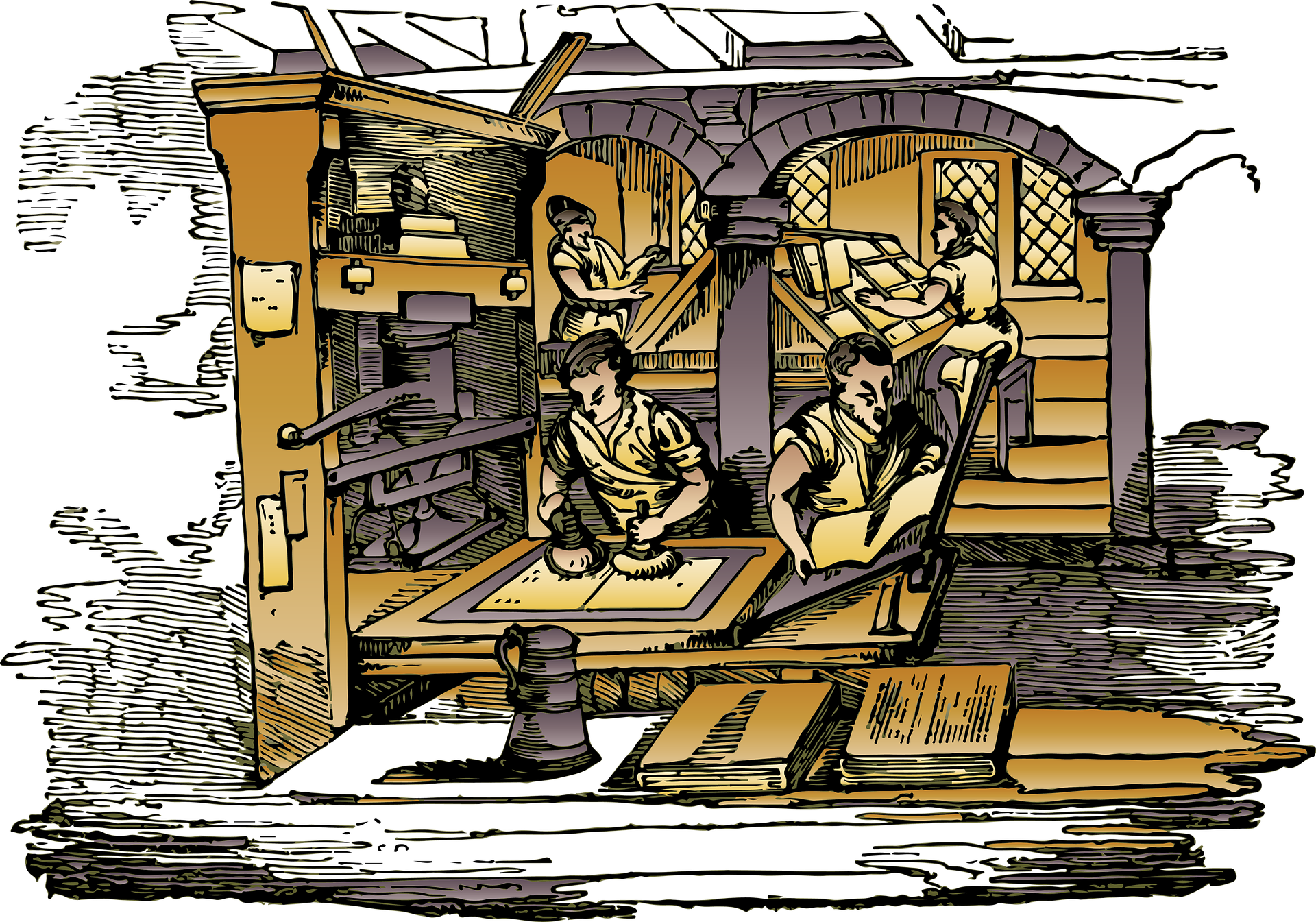Recently I attended a panel discussion on different types of publishing. We discussed traditional publishing, both through small and big publishers as well as different types of self-publishing, I learned a ton and thought you might too.
Here are the bones:
Traditional Publishing. This means that someone else pays to publish your book. It could be a big publisher like Random House or a small publisher like Ink Smith. Either way, you don’t front any money, and they take care of the editing, cover, etc. In exchange for them taking on the risk and financial burden of publishing your book, they take a cut–sometimes a big cut–of the money you earn.
Self-Publishing. You produce your own book. You can do this all by yourself on a place like CreateSpace. Or you can pay various other printers, editors, artists to help you in the process.
Below is a breakdown of the pros and cons of each:
Traditional:
Pros:
-You don’t pay a thing; your risk is very low. Your publisher takes care of everything–editing, art, getting reviews, getting it to bookstores, libraries, etc. (This might take more proactivity with small publishers; they won’t automatically put your book in every bookstore in the nation, but they will be able to easily put it where there’s interest.)
-Your work is slightly more accessible to readers and easy to find and purchase from various vendors.
-They may make some effort towards marketing your book (as in to put it on lists and catalogs that you don’t even know about), though most of the marketing falls to your court, especially if you’re a no-name/first time author.
-Most of the NY Times Bestsellers are with traditional publishers. Their reach and budget is simply (potentially) greater than yours. That doesn’t mean they always exert that reach and budget for you, but if they want to, they can.
Cons:
-You have to spend time and energy to find an agent and/or publisher and have them agree to publish your book. Sometimes this can take a LONG time.
-You may have less of a say in things like cover art (although with smaller publishers you’re a little closer to the process and tend to have a bit more say).
-You lose a big chunk of profit to the publisher if your book makes any money at all. Your royalties usually only range between 8 and 25%, so everything else is going to the publisher to pay their costs and pad their wallets. Ouch.
Self-Publishing (Vanity–as in the type where you pay to have your book produced, edited, and printed)
Pros:
-You are in complete control of your book.
-Once the initial costs are earned back, you’re in a position to make more money off of your book.
Cons:
-You are in complete control of your book, and some of that stuff isn’t easy to do.
-There is a significant up front cost, usually at least $1000 and more if you want art or extra help with your editing.
-You’re on your own. You’ve got to figure everything out.
-You may not be able to get into certain markets as a self-published author. It’s sometimes harder to get your books to book fairs or even in bookstores (sometimes).
Self-publishing (CreateSpace–free):
Pros:
-Very little risk.
-Very high potential to earn money. Most of the money you earn from your book will come to you, plain and simple.
–Complete control over your book and any artwork in it.
-It’s quick. In the time it might take me to shop my book to agents or publishers, you could have published the first two books in your series.
-There are crazy awesome things that you can do to make more money–like running $.99 sales for your ebook or using Kindle (KDP, meaning you only use Kindle for your e-sales) to sell your book and getting paid by the page read (the catch is if you do this you have to use only Kindle. The point is that the freedom to do different things is yours. You don’t often get that with traditional publishing.
Cons:
-You have to know your way around a computer and be able to do everything for the publication process (cover, your own editing, art, etc.), though this is getting easier and easier.
–You won’t have the editing support you’d get from a traditional publisher, and if you don’t have a careful beta reader, your book could come out with plot holes, grammatical errors and who knows what else.
-Your reach as a self-published author is potentially smaller. Again, it’s harder to get your book accepted certain places as a self-published author. Not impossible by any means, but a little harder.



1 comment
This is a really useful summary, Jean. Thank you.